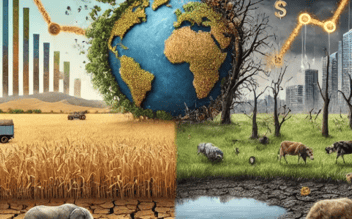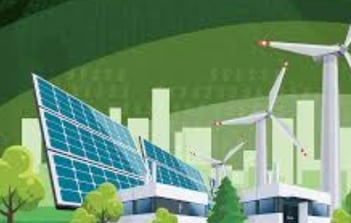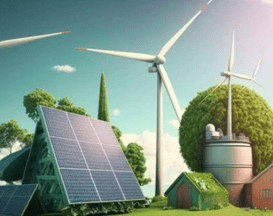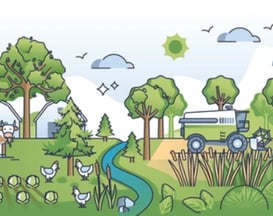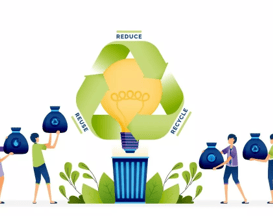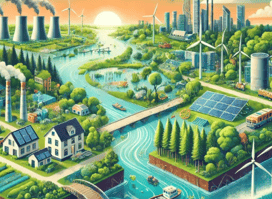Environmental Imperative
Climate Change: Rising temperatures, sea-level rise, and extreme weather events threaten ecosystems and human societies.
The Need for Sustainable Solutions
Resource Depletion: Overexploitation of natural resources, such as water, land, and minerals, imperils future generations.
Biodiversity Loss: Species extinction, habitat destruction, and ecosystem disruption compromise ecosystem services.


Economic Imperative
Resource Constraints: Increasing competition for scarce resources drives up costs and threatens economic stability.
Climate-Related Disasters: Economic losses from climate-related disasters are projected to reach $1 trillion by 2050.
Green Economy Opportunities: Sustainable solutions can create new industries, jobs, and economic growth.
Social Imperative
Human Well-being: Sustainable solutions can improve air and water quality, enhance public health, and increase quality of life.
Social Justice: Climate change disproportionately affects vulnerable populations, emphasizing the need for inclusive, sustainable solutions.
Intergenerational Equity: Sustainable solutions ensure a livable future for future generations.

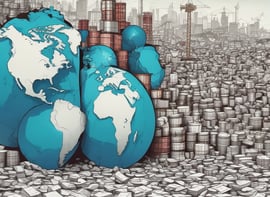


The Way Forward
Renewable Energy: Transition to renewable energy sources, such as solar and wind power.
Sustainable Land Use: Implement sustainable agriculture practices, reforestation, and conservation efforts.
Circular Economy: Adopt circular economy principles, reducing waste and promoting resource efficiency.
Climate-Resilient Infrastructure: Invest in climate-resilient infrastructure, protecting communities from climate-related disasters.






